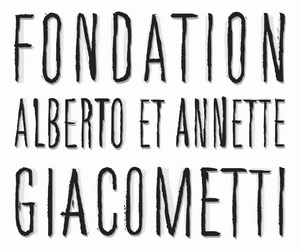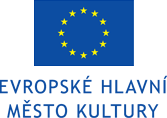The statement of sons of František Dvořák
August 5, 2015
Anyone who checked the website of the Auction House Procházka České Budějovice before the 44th auction was held on 28th February 2015, could find a statement of František Dvořák's sons on the main page. Based on the catalogue it appears that F. Dvořák made or participated in the large part of expertise. But after reading the statement one might have questions as: Why no one respected the health state and advanced age of the renowned expert? Was he abused? If yes, then how was he abused? How valuable is an expertise made by an expert whose health state didn't allow an objective expertise? Are those art works originals? And there can be even more questions. This situation introduces questions about the ethics of people requesting expertise. Here arises once again this unresolved problem concerning judicial experts and interpreters - a problem of the expertise of experts and their overall competences.
The statement says:
Enclosed certificates of authenticity were acquired from Prof. František Dvořák who has turned 93 years old at the moment, in times of his professional impropriety, when his health state didn't allow him to produce an objective expertise, which is why his name was excluded in connection with offered art works.
The statement of the auction house:
1. The auction house is not competent to analyse the health competence of particular specialists, judicial experts and experts.
2. PhDr. Jaromír Procházka and Ing. Světlana Procházková have never been in personal contact with Prof. František Dvořák.
3. The enclosed certificates of originality weren't ordered by the Auction house Procházka.
Dubious practices in Getty Museum
February 24, 2015
The former curator Marion True is certainly an example of a professional worker of an important museum who says one thing and does another. While insisting on purchases of objects with clear and legal provenance, she couldn't resist the opposite. The article shows how dangerous for memory institutions is the provenance forgery of those objects which shall be part of a collection. Probably the the only solution of this problem is to considerably restrict purchases of objects from risky regions and cultures. While on the contrary purchasing poorly examined but expensive objects increases crime rates. Nowadays the situation is even more complicated in view of large-scale conflicts in the Middle East and North Africa. The importance of databases of collections and looted objects appears to be more and more evident.
It is worth mentioning that Mrs. True had her hands in creation of a collection full of objects of a doubtful provenance even knowing that they will later end up in Getty. So this situation leads one to think that such „profesionally managed and high-quality" collections might contain looted or forged objects. Similar problem might also concern collections of Czech art, especially if objects are purchased from such „high-quality" collection.
Mrs. Marion True was also quite wrong in her relations with dealers. She obviously confused terms like corruption, clientelism, conflict of interests and her own profit. And what are the consequences of her activity? First of all it certainly harmed reputation of the Getty Museum and also stimulated the market dealing with looted and perhaps forged art.
The only hope is that similar practices won't develop in the Czech republic. But besides just hoping it wouldn't hurt to make a mandatory control from time to time.









